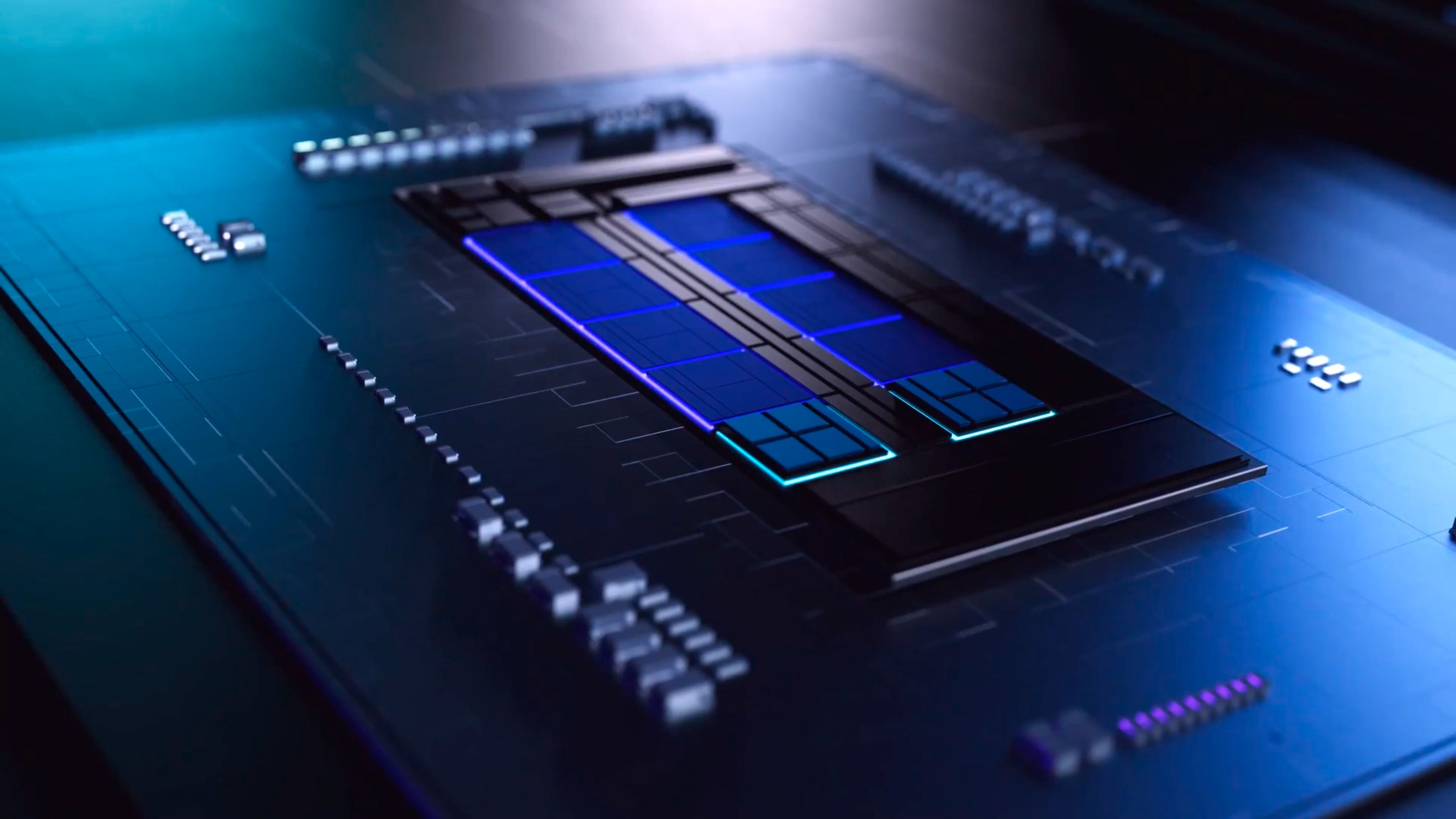There’s never been a better time to join the world of 3D printing or, for experienced makers, to upgrade to a new model. With the right 3D printer, you can make toys, table-top models, stands, hooks, replacement parts for plastic devices or a new case for your Raspberry Pi. You can get one of the best 3D printers and plenty of material for less than $250 (sometimes even less than $200) or you could spend a bit more for special features such a larger build volume, higher resolution or faster output.
The two most common types of home 3D printers are resin MSLA (Masked Stereolithography) and filament FDM (Fused Deposition Modeling). The best 3D printers for beginners or those with children, FDM printers use reels full of plastic filament that is fed into a hot nozzle and extruded out layer-by-layer to form a solid model. MSLA printers use a UV-cured resin material to form a model layer-by-layer as it rises from a vat of toxic liquid that requires very careful handling and post-processing.
Why you can trust Tom’s Hardware
Our expert reviewers spend hours testing and comparing products and services so you can choose the best for you. Find out more about how we test.
There are several factors to consider before buying the best 3D printer for you, so be sure to consider the questions before making a choice.
- Resin MSLA or Filament FDM? The two most popular styles of desktop 3D printing, resin MSLA and filament FDM 3D printers offer various strengths and weaknesses, and choosing the style more suited for your application will help you get better results. For many , especially beginners, filament 3D printers are a better choice because they are easier to use and work with a wide variety of materials. They are also far safer for anyone with children or pets around.
Resin 3D printers can provide a bit more detail, so they are popular among folks printing out game pieces. However, you need to handle toxic chemicals and wear a mask when setting up a print and, after the printing is over, you must wash and cure your prints. We have some resin printers on this list but also maintain a more detailed article where we name all of the best resin 3D printers.
- How much build volume do you need? If you want to print out large parts in a single print, you’ll need a printer with ample build volume. This is usually directly tied to the price of the machine, so a larger printer is going to cost more money. Printers with a 100mm cubed or less build volume are on the smaller side, 150 to 220mm cubed are average, and 250mm inch cubed and above are considered large format.
- Manual or automatic bed leveling? Leveling the bed of a 3D printer is an important but very annoying part of the process. Many printers have auto-leveling capability, which saves you most of the work and, considering that you can now find printers with this feature for less than $250, you should consider it a must-have.
- What materials are you printing with? If you’re buying an FDM printer, you’ll want to use one of the best filaments for 3D printing so you can get good models. However, some substances require higher temperatures that not every printer can achieve. PLA filament, the most common type, can print on anything but more durable or flexible plastics such as PETG or TPU need extruders that can hit 220 to 230 degrees Celsius while ABS and Nylon require 240 or 250-degree heat. Also, note that if you want to print in TPU (a flexible material), you should get an FDM printer with a direct drive system that pushes the filament more directly through the extruder. Resin printers have fewer material choices.
Best 3D Printers You Can Buy Today
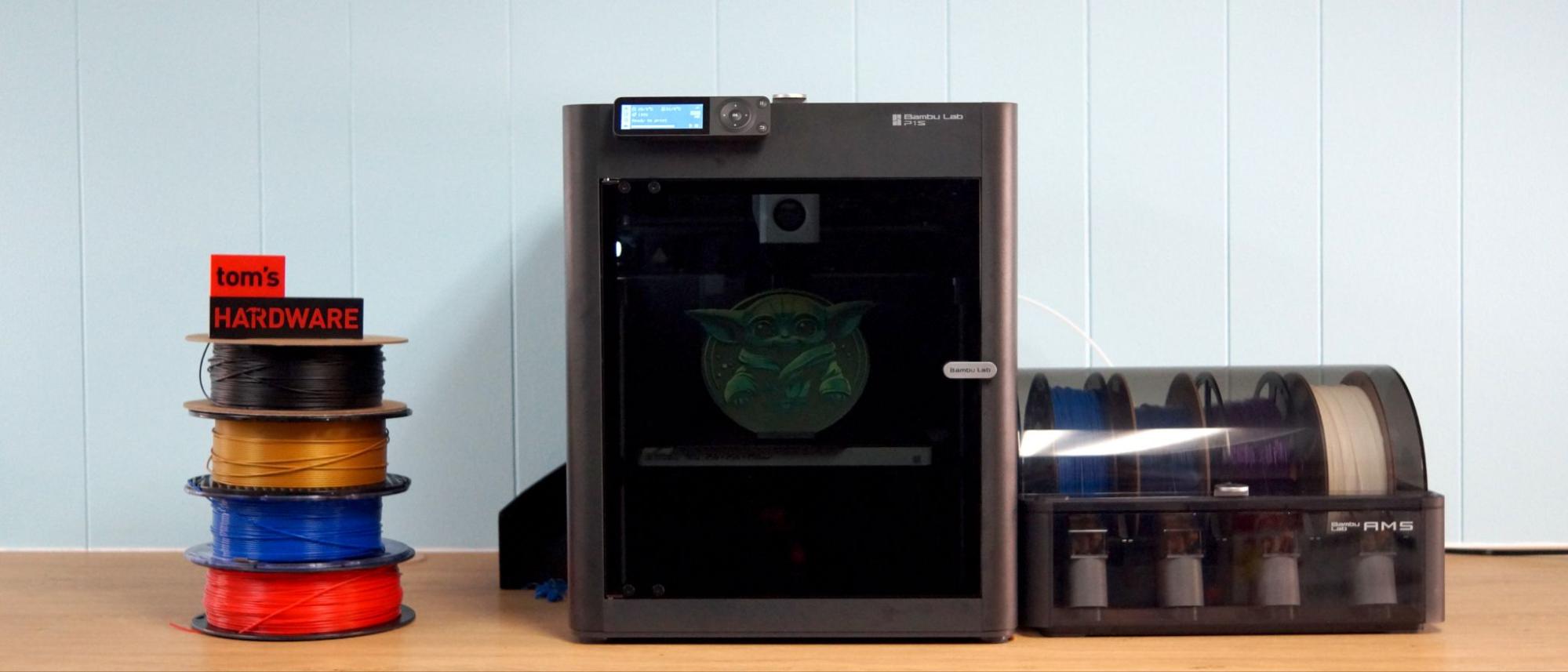
Today’s 3D printers are all about speed, and Bambu Lab’s P1S delivers a whopping maximum print speed of 500mm/s, backed with an acceleration rate of 20,000 mm/s. How fast is that? Let’s just say its turbo button is labeled “Ludicrous Mode”. It can knock out a Speed Benchy in 17 minutes with good quality, and its normal print speed is around five times faster than old school bed slingers. It’s not the most budget minded printer, but it has the best out-of-the-box experience for both beginners and experienced makers.
The P1S is the “Goldilocks” of Bambu Lab’s lineup, offering everything you need for very good, very fast prints without going overboard on expensive features. It’s a Core XY machine, which offers both speed and smooth printing. It has an all metal hotend with a direct drive extruder, plus it’s fully enclosed for handling temperature sensitive material like ABS and ASA. It’s one of the few “plug and play” 3D printers on the market, arriving 99.5% assembled. All you need to do is unbox and unpack the printer. It even calibrates itself.
The machine retails for $699, which may not fit everyone’s budget. But if you’re looking for a machine that just works so you can focus on the creative or business side of 3D printing, the P1S is for you. If you want the ability to print in a rainbow of colors, then the optional Automatic Multicolor System is a definite plus that you can only get with a Bambu Lab printer.
When we tested the P1S it did an amazing job, quickly printing colorful action figures, nylon gears for an RC car and ASA tools for around the house. It did have to slow down to print TPU, but the results were remarkably smooth and flawless.
More: Bambu Lab P1S Review
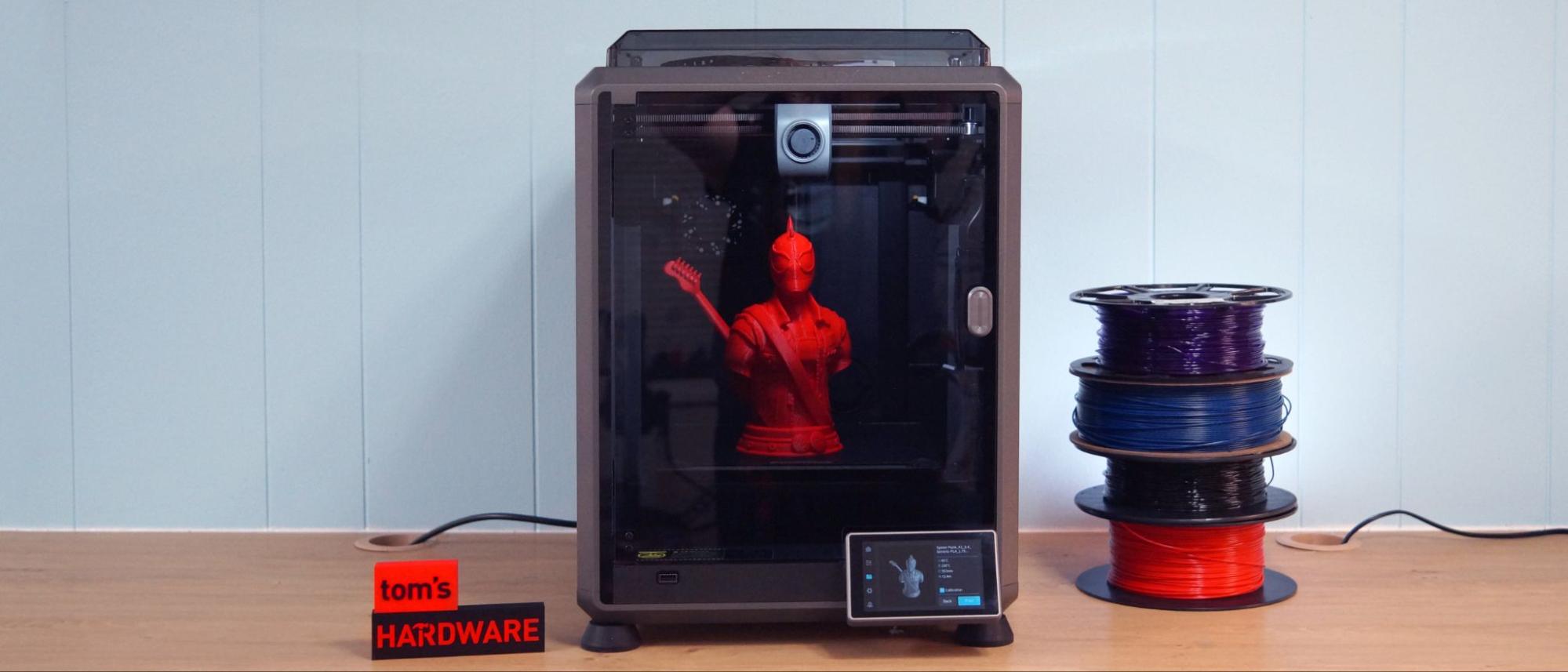
The entire 3D printing community has fallen in love with high speed printers, and Creality’s new flagship, the K1, is looking to win you over. In clear response to the competition, Creality has introduced a speedy, fully enclosed Core XY machine. It boasts a maximum print speed of 600mm/s paired with an acceleration rate of 20,000 mm/s. It can knock out a Speed Benchy in 15 minutes with good quality, and its normal print speed is around five times faster than old school bed slingers.
The K1 is retailing at $599, the same price as Bambu Lab’s open frame P1P. How does it compare? In our testing, the K1 is just as fast as both the P1P and P1S with a better interface and the ability to avoid unreliable cloud printing by using a USB stick or your private LAN.
The K1 is a Core XY machine, a speedy style that Creality hasn’t tried since the ill-fated Ender 7. This machine is twice as fast and with the help of Klipper’s input shaping can produce excellent quality at speed. It has an all metal hotend with a bespoke Volcano style nozzle, a Sprite direct drive extruder, and an enclosure for handling temperature sensitive material like ABS and ASA. It’s one of the few “plug and play” 3D printers on the market, arriving 99.5% assembled. All you need to do is unbox and unpack the printer. And like its rival at Bambu Labs, it can calibrate itself.
More: Creality K1 Review
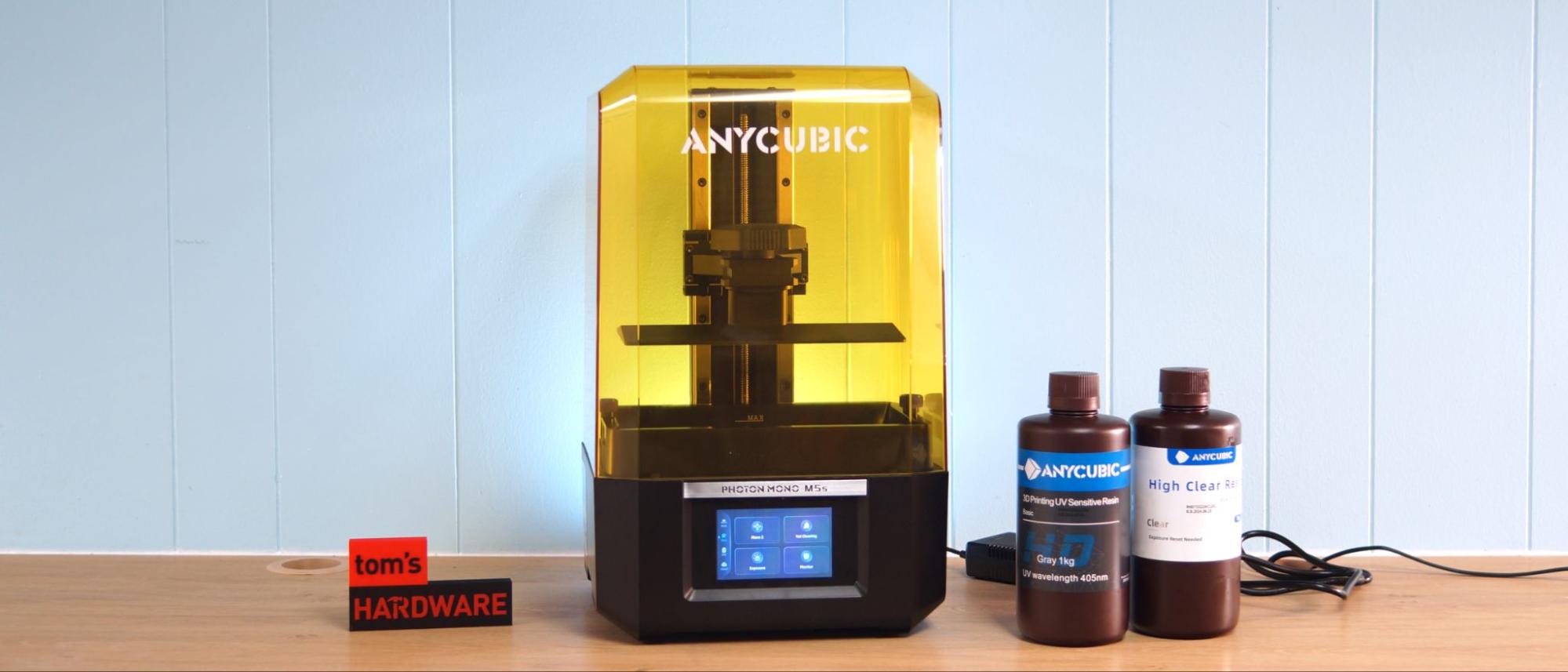
When it comes to printing in detail, nothing comes close to the Anycubic Photon Mono M5s which features a whopping 12K resolution and achieves 19 micron X accuracy. It’s also super fast. In our test, we were able to print a 3.5-inch model in less than an hour. Anycubic claims this printer has the ability to reach an average print speed of 105mm/hour, so if you are looking for a high speed, high res printer, the M5s has you covered.
Amazingly, the Photon Mono M5s doesn’t require any manual calibration. This is the first resin printer we’ve tested that provides auto-leveling using mechanical sensors which not only saves time but also makes it super easy to set up. Just add resin and you are ready to go.
Anycubic has also come out with its own specialty high-speed resin (sold separately or included in bundle kits) which works with the M5s and is the secret sauce that helps to cut the time of your prints tremendously.
With all these and more “smart” features the Photon Mono M5s has to offer, it is a great option for makers looking for a mid-size high-resolution printer. Also, a smart buy as it is currently $40 off its usual $539 MSRP.
More: Anycubic Photon Mono M5s Review
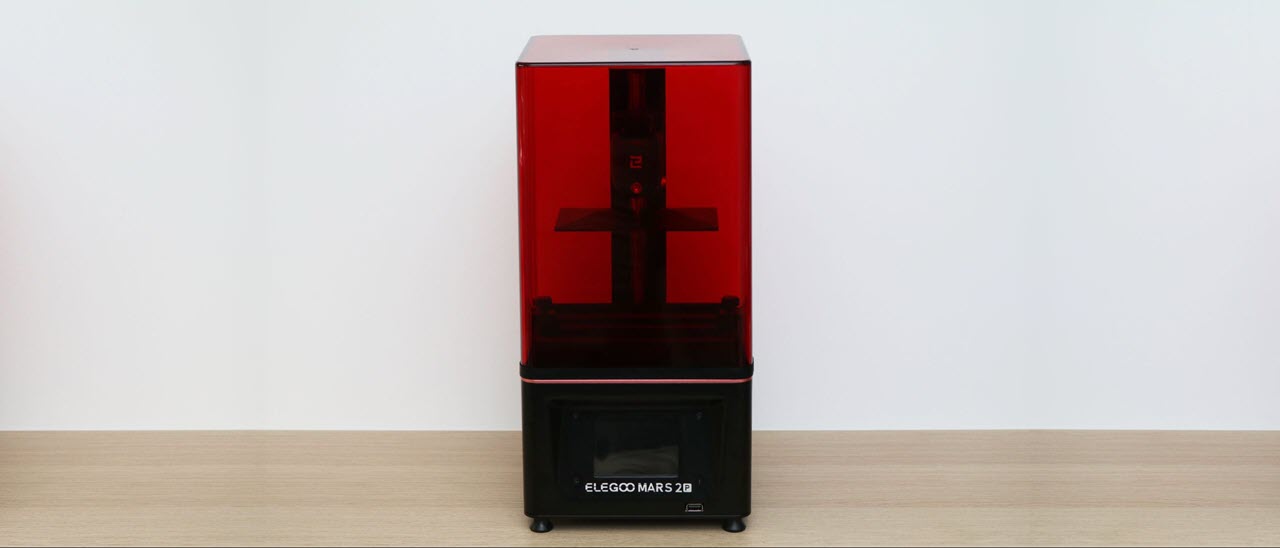
If you’re getting into resin 3D printing for the first time, you have an overwhelming number of options and price points. The good news for beginners is you don’t have to sacrifice your budget for quality. You can find the easy-to-use Mars 2 Pro on sale for as little as $200.
Its smaller build volume is perfect for gaming miniatures and trinkets but not larger models. And though its 2k resolution may not be the most detailed among resin printers, it is miles ahead of the quality you can achieve with a filament-based machine.
The Mars 2 Pro comes with a built-in filter system that I found really helps with fumes associated with resin printing. Its spring-loaded self-leveling build platforms is hands down the easiest system we’ve ever used.
More: Elegoo Mars 2 Pro 3D Printer Review
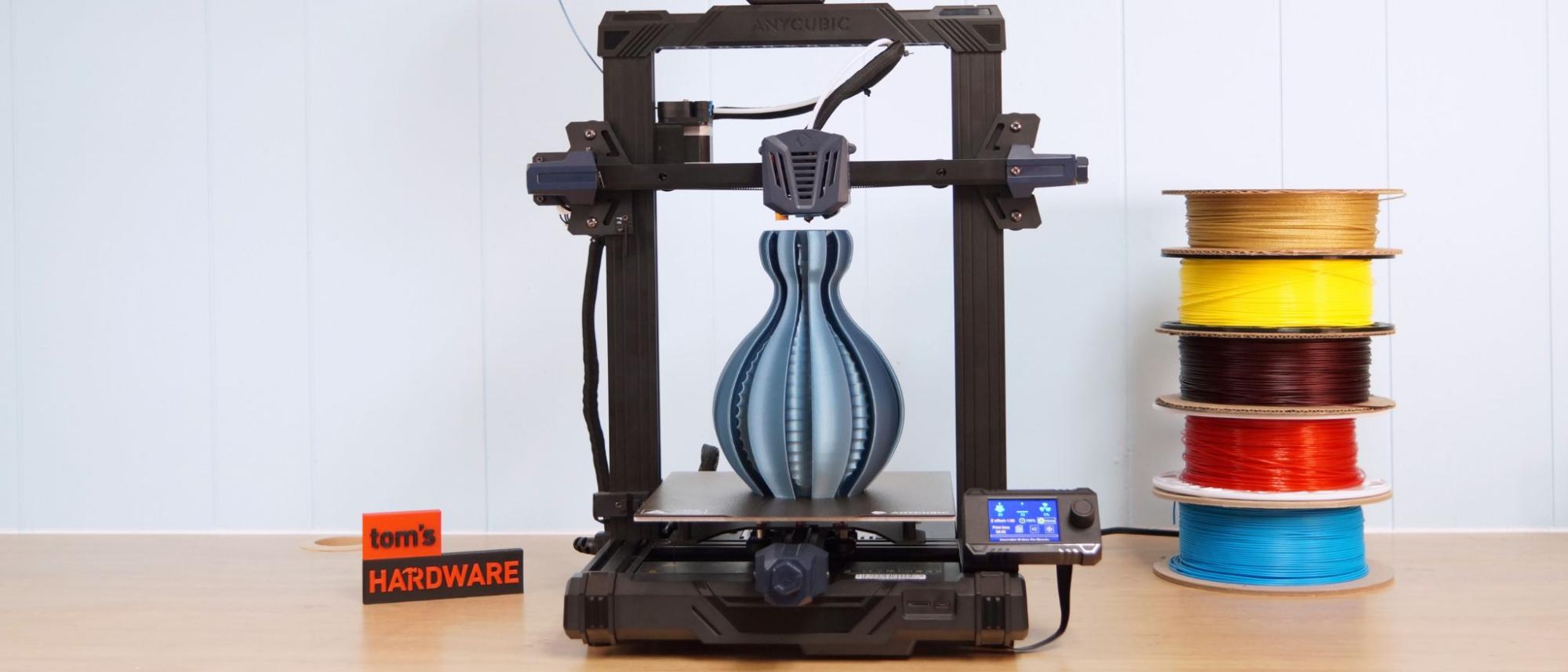
The Anycubic Kobra Go is the perfect budget 3D printer for new makers wanting to learn the craft as well as seasoned pros who want a trouble free second (or third) machine. Sure, it doesn’t have a fancy touch screen, but it does have two features that make life easy: auto bed leveling and a PEI coated flex plate.
Anycubic kept the cost low – a remarkable $219 – by making this version a DIY Kit with a cheaper Bowden style extruder. Its tiny knob controlled screen might seem like a step backwards, but it’s so easy to navigate I didn’t even mind. The extra half hour or so spent assembling the printer is well worth the $100 dollars you’re saving when compared to the standard Kobra or the similarly kitted out Creality Ender 3v2 Neo.
I’ve seen a lot of cheap printers, and usually they’re just machines way past their prime being clearanced out of the warehouse. This is not the case for the Kobra Go, which is a no nonsense version of the 5-month-old Kobra. You’re not buying old tech, but a modern printer with quiet fans, a 32 bit board, silent stepper drivers and built in belt tensioners.
More: Anycubic Kobra Go Review
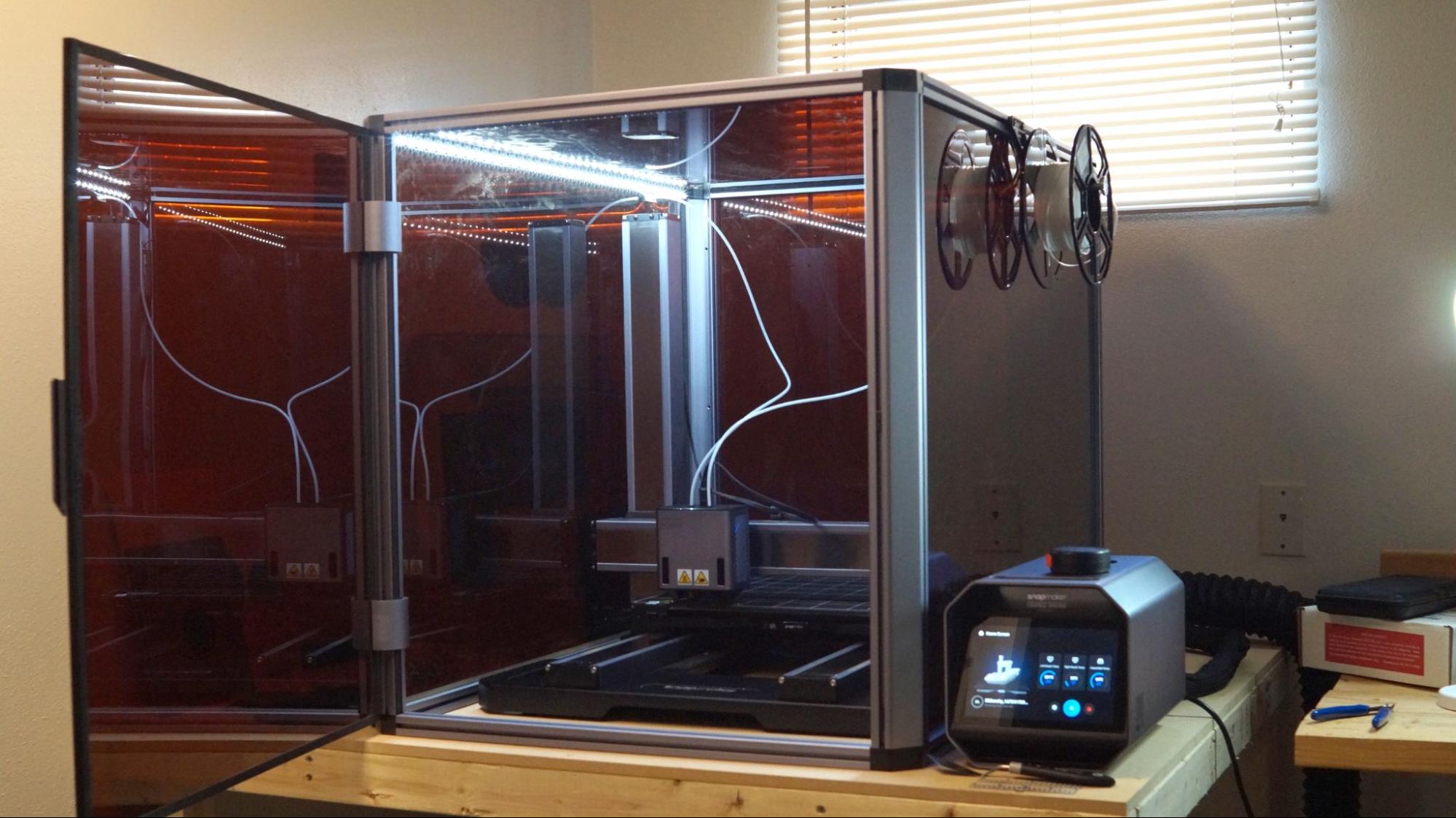
We’ve seen a few 3D printers that double as laser engravers, but most of these products live up to the phrase “jack of all trades, master of none.” The SnapMaker Artisan 3-in-1 does three different things really well: laser engraving, CNC carving and 3D printing. You’ll pay a large premium of $2,899 for this product and you’ll need a huge table to accommodate its 508 x 620 x 634 mm (20 x 24.4 x 24.9 inches) frame. However, if you want the features it provides, the Artisan 3-in-1 is a great choice.
When it operates as a 3D printer, the SnapMaker Artisan 3-in-1 delivers huge, detailed prints, thanks to a generous 400 x 400mm build volume. It also has a dual hot end, with two extruders that each can connect to a different spool of filament, allowing for dual color or dual-material prints. When we printed a black jar with red hearts on it, the output was sharp, and there was no bleeding or blurriness between the colors.
The Artisan had no problem printing a very tough RC car part in ABS, but flexible prints might be its Achilles heel. A TPU model of a bunny came out a little stringy.
The printer also has a number of premium 3D printing features, including built-in Wi-Fi, a build plate that’s PEI glass on one side and plain glass on another, and automating bed leveling. Its dual extruders use direct drive.
The Artisan 3-in-1 comes with a large enclosure you can place it inside, which is good not only for working with difficult filaments but for protecting your eyes from damage when you are laser engraving with it. The laser can cut leather, wood, fabric or paper and engrave onto copper, aluminum, glass, stone and dark acrylic. We tested the laser and used it to create a model of a ruler and protractor that were burned into a 5mm sheet of plywood and found that the lines were clean and the marks and numbers on the ruler were sharp.
The CNC function works for carving wood, acrylic, soft stone, carbon fiber and even PCB. We used it to create a “Luban Lock,” a 3D puzzle that the machine carved out of a piece of MDF (Medium Density Fiber) board. The model looked really good and only took 36 minutes to complete.
Read: SnapMaker Artisan 3-in-1 Review
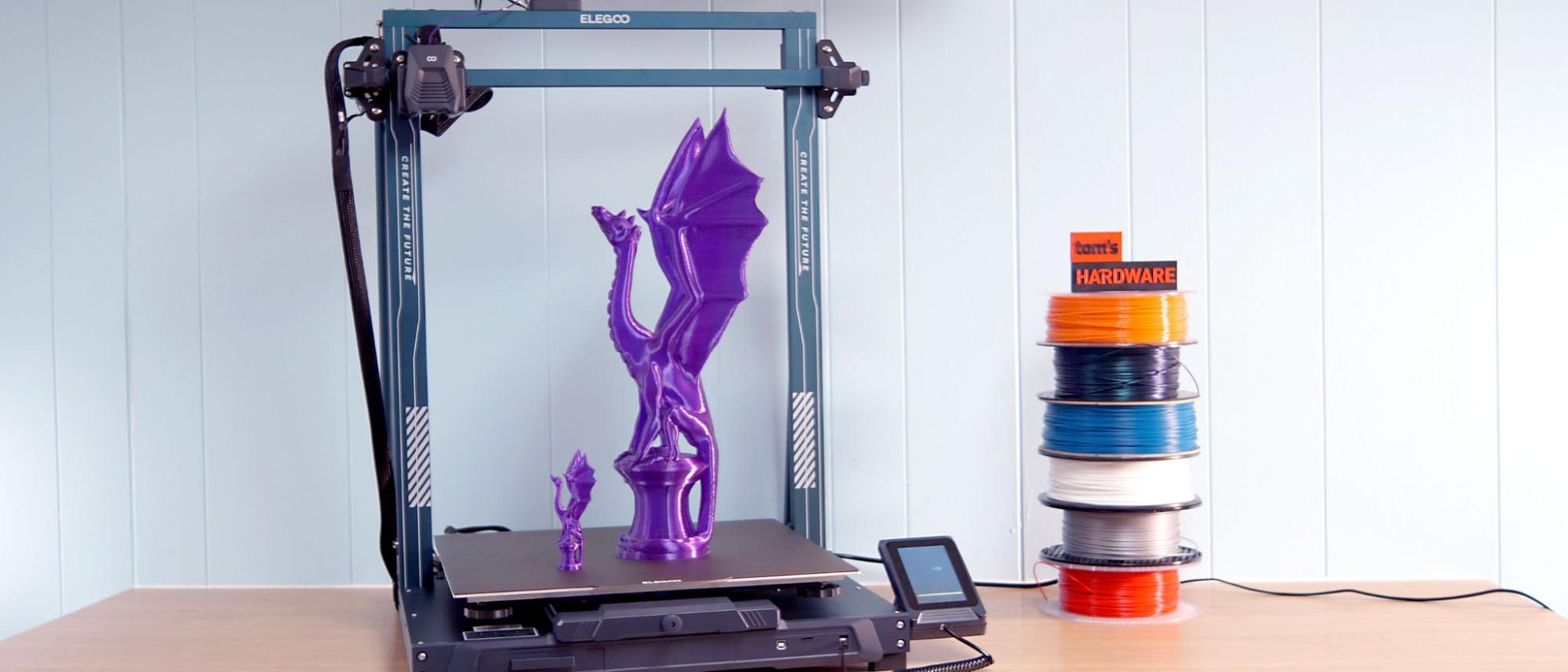
If you want a printer that can output models as big as your imagination, the Elegoo Neptune 3 Max is a great choice. Thanks to a massive build volume of 420 x 420 x 500mm, it can output the large pieces you need to build cosplay helmets and props. We were able to print a very detailed, 450mm Skyrim dagger by rotating it on the build plate and, in Inland Silver PLA+ filament, it looked good enough to bring to battle. We also outputted a 500mm tall purple dragon that would dominate anyone’s display case or mantle.
Like its little sibling, the Neptune 3 Pro, the Neptune 3 Max features a Direct Drive system that allows it to handle complex filaments such as TPU. In fact, using vase mode, we were able to output a flexible, translucent green TPU trash can. The textured PEI build platform did a great job of holding prints in place without the need for glue and yet made removing them easy.
Assembling the Neptune 3 Max is a breeze as we only had to screw in a few bolts to put the machine together and attach the touch screen base to the side. Leveling the bed is pretty easy, though you will have to start by manually leveling the surface, after which there’s a 63-point auto leveling feature.
The most difficult part of working with the Neptune 3 Max is that it takes up a lot of space. We had to sit it on our air hockey table and you may need to get a large table to house it. But that’s an inconvenience that’s inevitable when you want huge prints at excellent quality.
More: Elegoo Neptune 3 Max Review
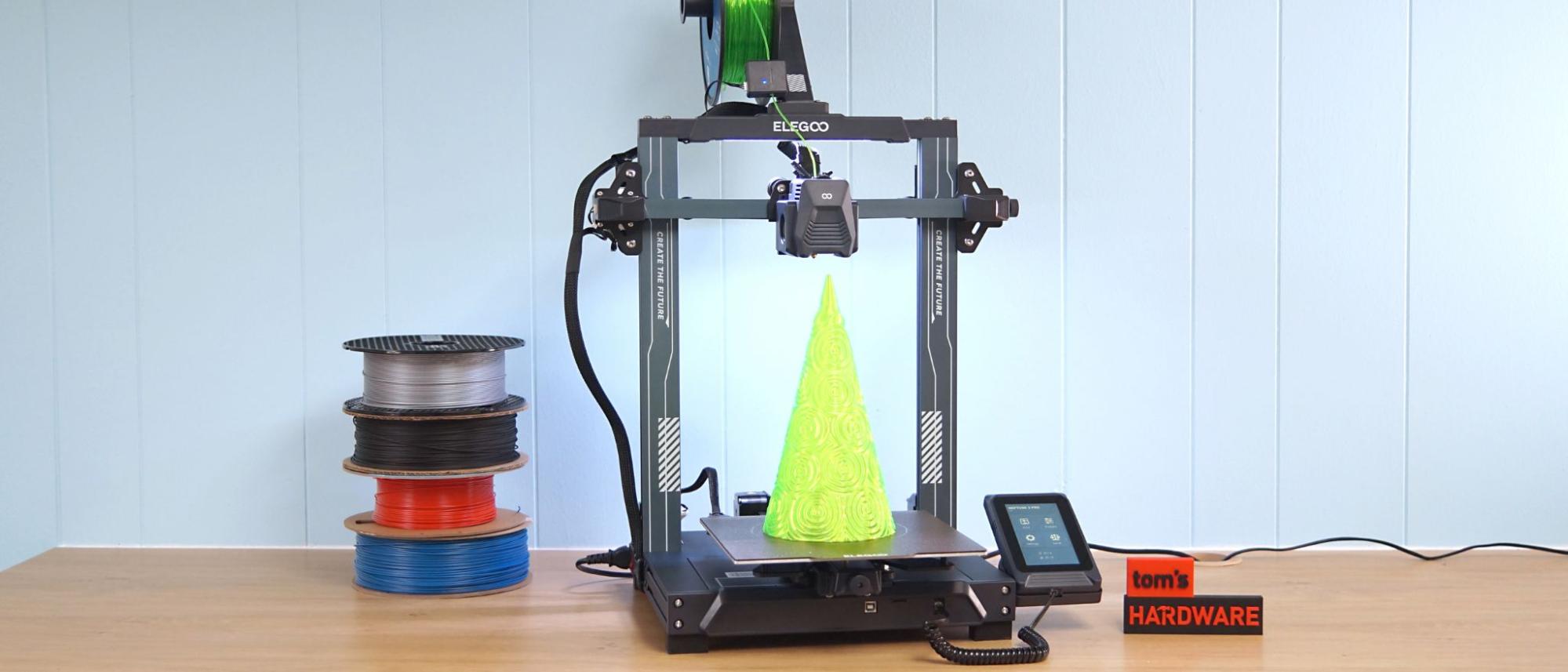
We have a bone to pick with so-called experts who recommend cheap, unassembled kit printers to raw beginners. The theory is that building a printer from scratch is the only way to learn about their new machine. The truth is that kits can be frustrating to build, and bare-boned machines are a pain to get working correctly.
Instead, we’re recommending that beginners pick up the Neptune 3 Pro, a 3D printer that is reasonably priced, quick to assemble and easy to level. Anyone can have this machine up and running in less than an hour and have beautiful prints the same day.
Even better, the Neptune 3 Pro comes with a direct drive, a simple to use, 36-point auto bed leveling system and flexible PEI steel sheet that made removing prints a breeze during our testing. It even has a built-in task light.
Whether we were working with PLA or PETG filament, the Neptune 3 Pro delivered gorgeous, detailed prints. Where other 3D printers in the sub-$300 price range, including the original Neptune 3, have a hard time handling flexible filament, the Neptune 3 Pro and its 260-degree hotend had no problem with TPU in our tests, outputting a beautiful TPU Christmas tree model in just under 5 hours.
More: Elegoo Neptune 3 Pro Review
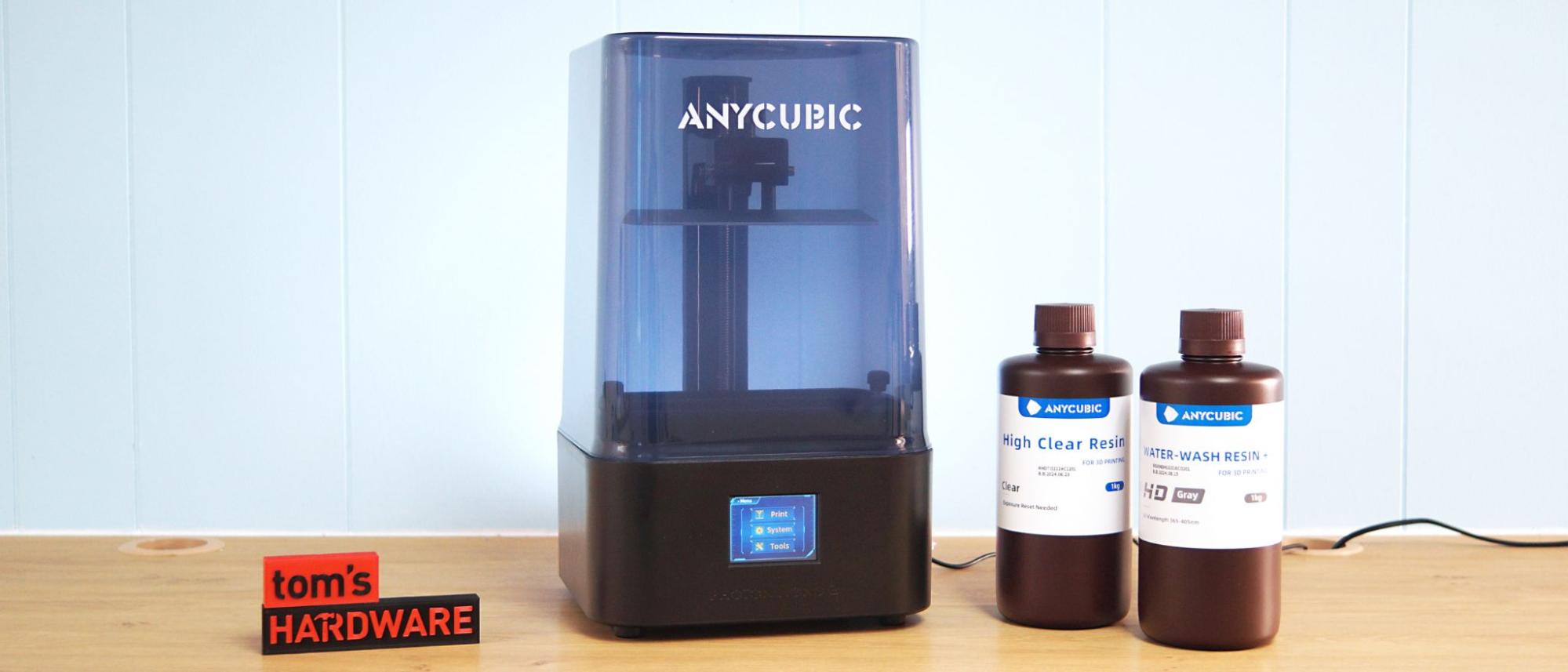
The Anycubic Photon Mono 2 is a great and affordable option for anyone who is new to or want to get started with resin 3D printing. This printer is compact and light-weight so it won’t take up a lot of space and can easily be stored away. It’s shipped mostly assembled which makes setup a snap.
But don’t let the size of this printer fool you, the Photon Mono 2 has a 20% larger build volume than its predecessor. In our testing, we were able to fit six presupported minuatures on the build plate at once.
This printer delivers very detailed 4K print quality, is great for miniatures and small models, and comes with its own custom slicer, the Photon Workshop V3.
More: Anycubic Photon Mono 2 Review
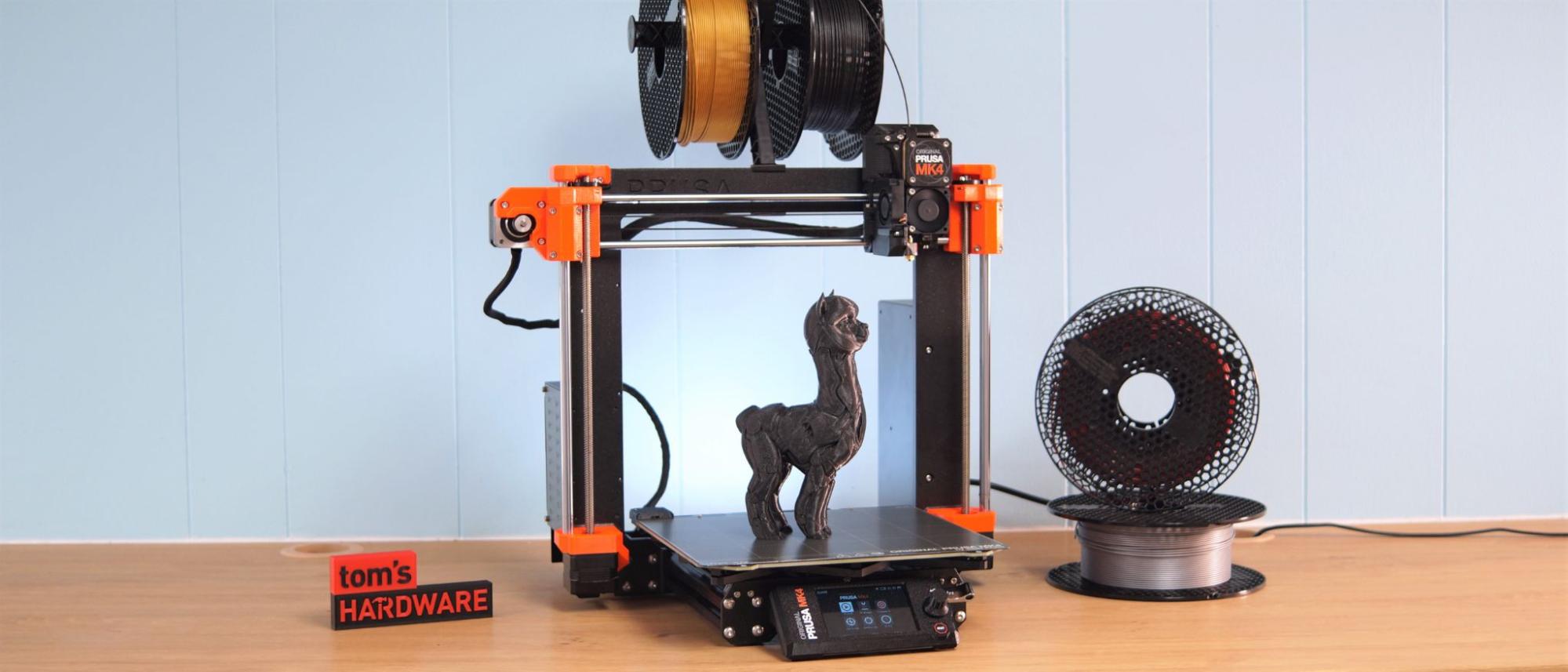
As the sequel to the MK 3S+, the MK4 does not disappoint. Prusa’s new flagship printer has maintained its reputation as the premium printer for makers of all levels.
At a price point of $1,099 for a pre-assembled machine and $799 for a DIY kit, the MK4 is one of the most expensive printers on our list. That price may sound exorbitant for some hobbyists, but for makers who want top-quality performance and stellar customer service, the MK4 is worth the investment.
From fully automatic bed leveling, dual Z axis, magnetic flex plate, and color LCD screen to a webcam, USB, and Wi-Fi connectivity – these are just some of the features that come with the Prusa MK4. It also has new firmware that allows for faster printing without any loss in print quality. We were also impressed by how quietly this machine operates.
Additionally, Prusa is offering an upgrade kit for MK3S+ owners for just $579.
More: Prusa MK4 3D Printer Review
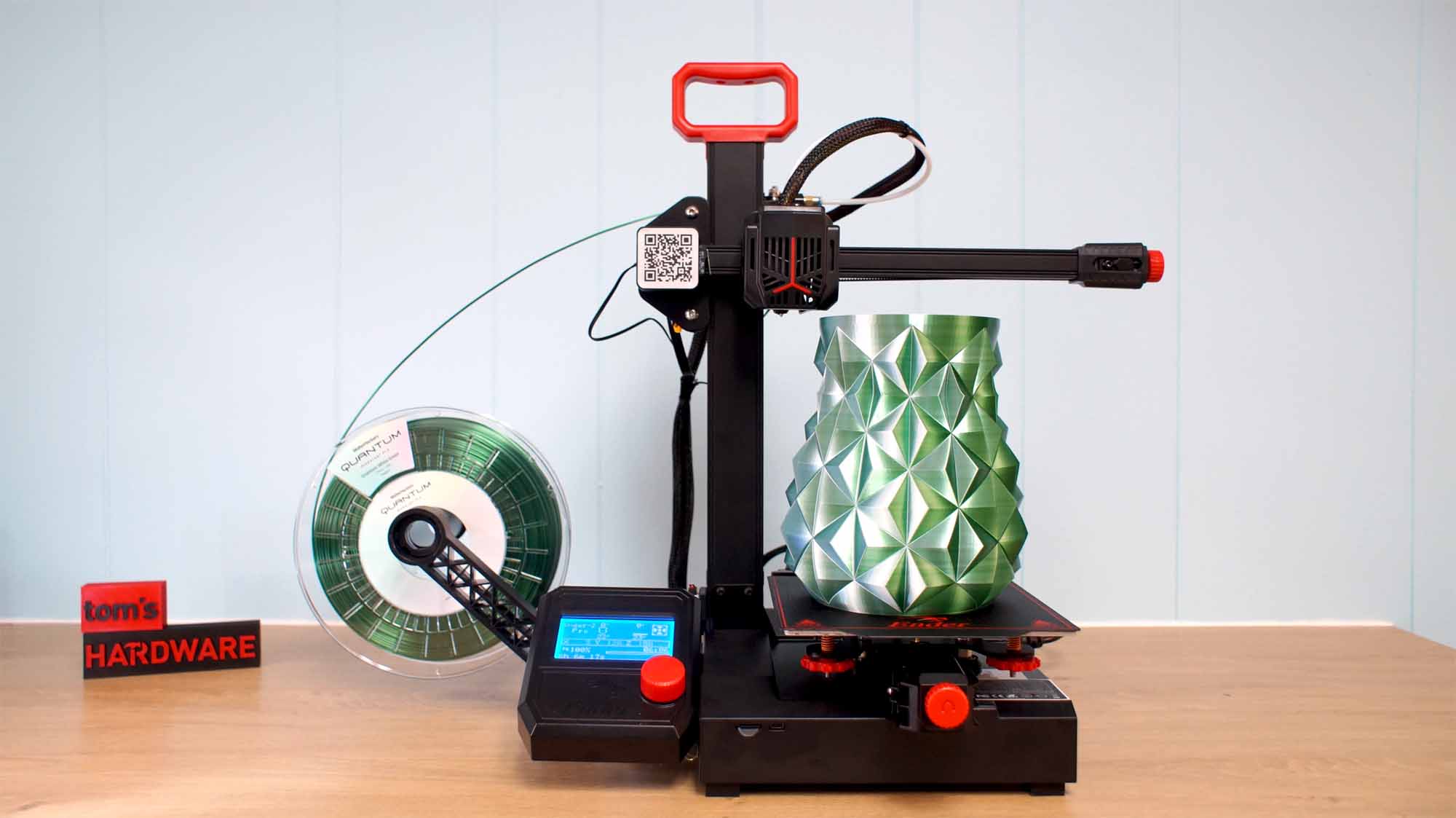
If you’re looking for your first 3D printer and don’t want to spend a lot of money, the Ender 2 Pro is a great choice. The machine retails for $169, but can often be found on sale for much less (we bought it for just $129 at Micro Center). Many printers at this price point are novelties built of cheap plastic, but the Ender 2 Pro is a solid workhorse (or perhaps pony) that shares many parts with its big brothers of the Ender 3 line.
In our tests, the Ender 2 Pro delivered great print quality when used with decement filament and a slicer. Our prints of 3D Benchy (a model of a boat people often for testing) and a crystal dragon looked fabulous.
Need to move the printer around the house? The Ender 2 Pro is a compact machine that weighs under 10 pounds. Its top mounted handle makes it portable enough to be stashed in a closet when not in use – perfect for the weekend hobbyist. The main trade-off is that the 165 x 165 x 180mm build volume is tiny compared to most printers.
Putting together the Ender 2 Pro was a breeze for us. It comes 90% assembled – screw in a few bolts and the machine is ready for use. It has silent stepper drivers and quiet cooling fans, making it a pleasant office companion. The flexible textured bed holds models tight while printing and peels right off when finished.
The Ender 2 Pro can be easily upgraded with 3rd party hotends and more durable bed surfaces, making this a machine that can grow with you.
More: Creality Ender 2 Pro Review
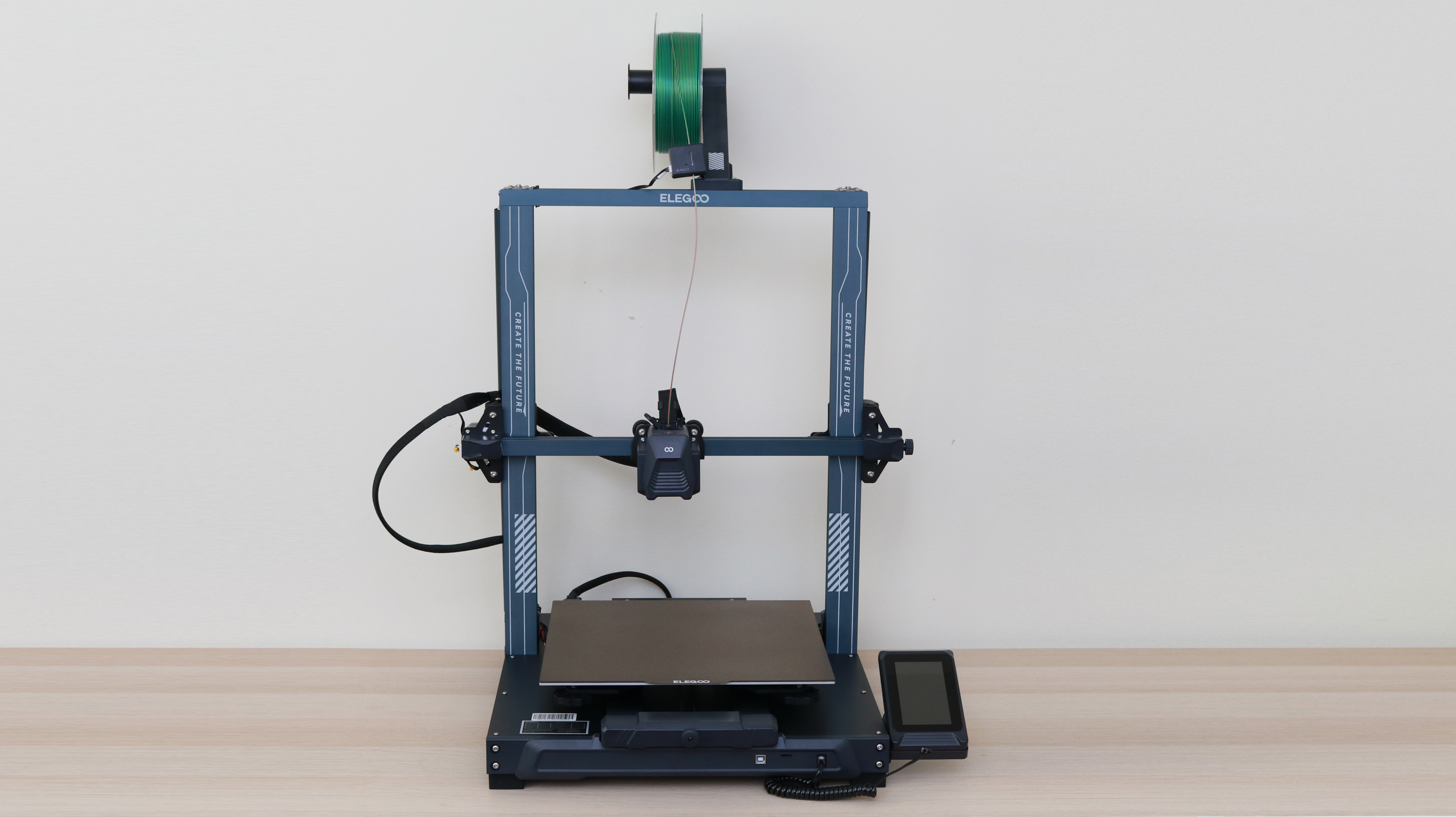
The Elegoo Neptune 3 Plus is a game-changing 3D printer that brings large format printing to a new price point without compromising on the user experience. It offers a 320mm x 320mm x 400mm build volume, a direct drive extruder, automatic build platform leveling, and only requires a few bolts to fully assemble.
In our tests, the Neptune 3 Plus’s direct drive allowed it to print a squeezable model of a Pokemon Snorlax using flexible TPU filament. Many printers in this price range use bowden-style extruders that can’t handle TPU.
The large build volume and flexible PEI sheet are ideal for printing models that have a wide, flat base that would be otherwise difficult to remove from a glass or other rigid platform. During our testing, we found the automatic build platform leveling probe worked perfectly and produced a clean and even first layer, even when printing on the outer edges of the platform.
If you’re looking for a large format machine on a budget, it would be hard to find a better machine than the Neptune 3 Plus. For under $400, the feature set of the Neptune 3 Plus is unmatched and the quality-of-life features like the stabilizing rods and integrated LED light bar make it an even more attractive machine.
More: Elegoo Neptune 3 Plus 3D Printer Review
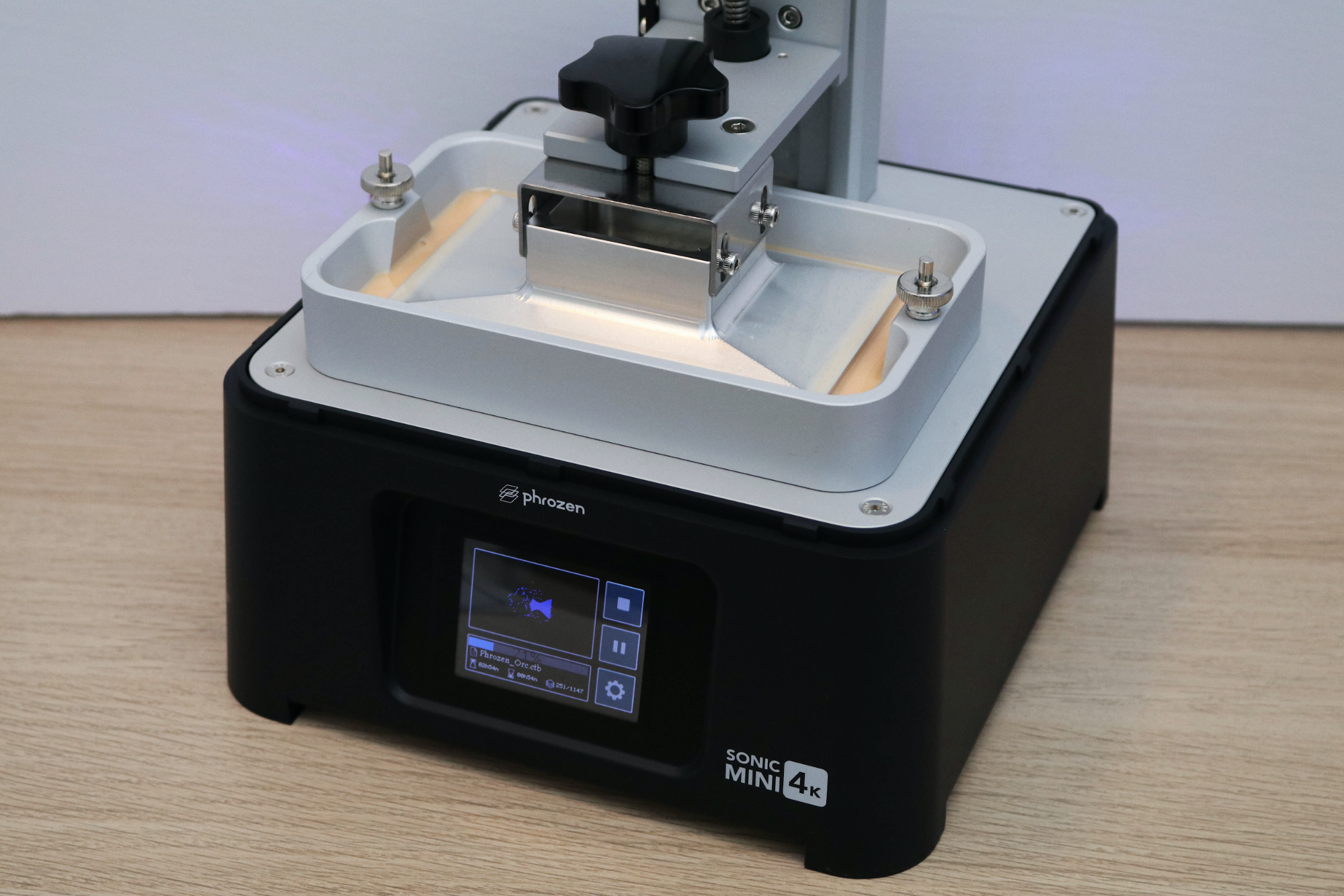
If you’re interested in printing models with lots of fine detail, the Phrozen Sonic Mini 4K should be on your short list. Using a 4K mono LCD screen, the Sonic Mini 4K is capable of printing high resolution models with a per-layer cure time of just over 2 seconds per layer. This translates to high detail and high speed, but you’ll pay for it in the difference in cost between the Sonic Mini 4K and other MSLA 3D printers like the Anycubic Photon.
In our testing, we found the Sonic Mini 4K’s ability to produce fine features to be as-advertised, so printing table-top gaming miniatures and small sculptures is something this printer excels at. In addition to the high XY accuracy, the Z-stepping is barely visible even at a standard 50-micron layer height due to the software-enabled anti-aliasing provided by the ChituBox app.
Leveling the build platform on the Sonic Mini 4K was a little tricky, and the conflicting information provided by Phrozen can make the process intimidating for a first-time user. The quality of a print can depend heavily on the initial build platform calibration, so be prepared to spend some time getting this printer dialed in.
More: Phrozen Sonic Mini 4K Review
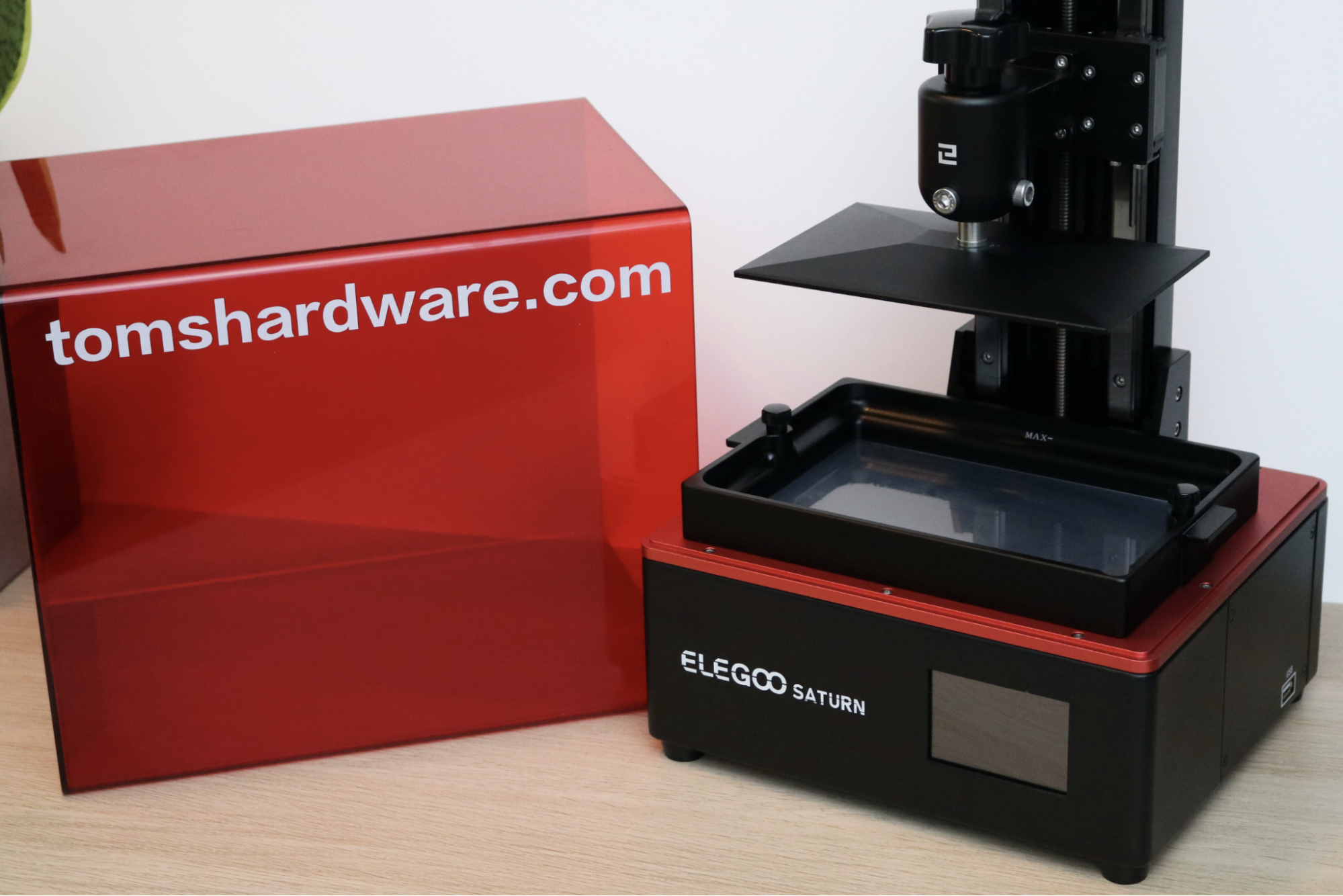
The Elegoo Saturn is the counterpart to the smaller Elegoo Mars series of printers, which offer solid build quality for a reasonable price. The Saturn takes this formula to the extreme by offering a large 7.55 x 4.72 x 7.87-inch build volume while simultaneously increasing the resolution of the masking LCD. This, combined with the 2.5-second per-layer cure time from the Mono LCD, means that the Saturn can print more parts in the same amount of time as the smaller format Mars series of printers.
Elegoo has developed a two-bolt bed leveling solution for the Saturn that makes the leveling process a quick and painless process. This, combined with the native integration with the Chitubox slicer app, makes setting up and using the Saturn a simple process that is ideal for both beginners as well as experienced users.
The Saturn has a build volume of 280.46 cubic inches, a dramatic increase from the 100.81 cubic inch build volume of the smaller Elegoo Mars 2 Pro. If you’re looking for a resin printer that offers a large build volume but you don’t want to compromise with a lower quality print, the Saturn is an ideal solution but you might have to check Amazon several times before you can find one.
More: Elegoo Saturn Review
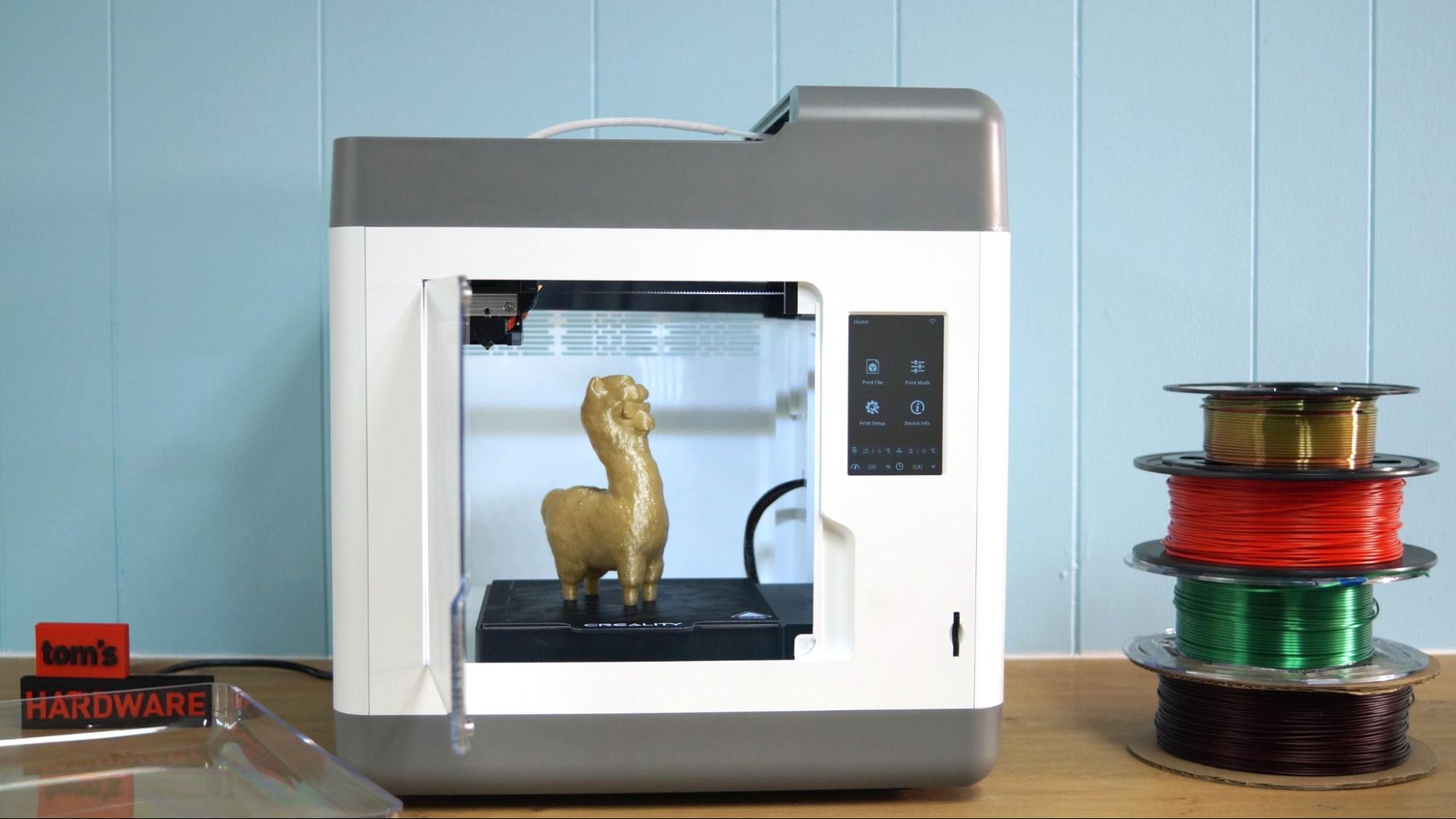
Creality’s Sermoon V1 Pro is a plug-and-play 3D printer with safety options useful for families, schools and libraries. Unlike cheap “toy” printers aimed at young makers, this $539 deluxe machine delivers quality results with a simple-to-use interface.
The build volume is smaller than average, but it makes up for it with a direct drive, flex plate, heated bed and built-in camera. It also arrives pre-leveled from the factory, something we rarely see. It’s a great machine for beginners who only need to unbox it, load up filament and start printing. Our test machine went from box to first print in under 20 minutes.
The Sermoon V1 Pro is fully enclosed in a white case with several windows, making it look more like a counter top appliance than any DIY kit. The case serves to hide all it’s moving parts, while also keeping the print area warm and draft free. The door has a sensor that pauses the printer – further protecting curious children from moving parts.
Its Core XY design keeps the print head at the top of the machine while the bed slowly lowers downward. Combined with its lightweight direct drive, the Sermoon provides smoother, string free prints than a typical bed slinger while also keeping the hot nozzle in a difficult to reach area. We found output quality impressive, whether we were printing a sample Spaceman print or a set of Maker Coins with the St. Louis arch on them. We were even able to print a translucent wallet using TPU filament.
Our only complaint is the need to use a phone app – the Creality Cloud – to take advantage of the built-in camera and Wi-Fi capabilities. The machine also works with a full sized SD card for offline use.
More: Creality Sermoon V1 Pro Review
MORE: Best Resin 3D Printers
MORE: Best Filaments for 3D Printing
MORE: How to Buy the Right 3D Printer

